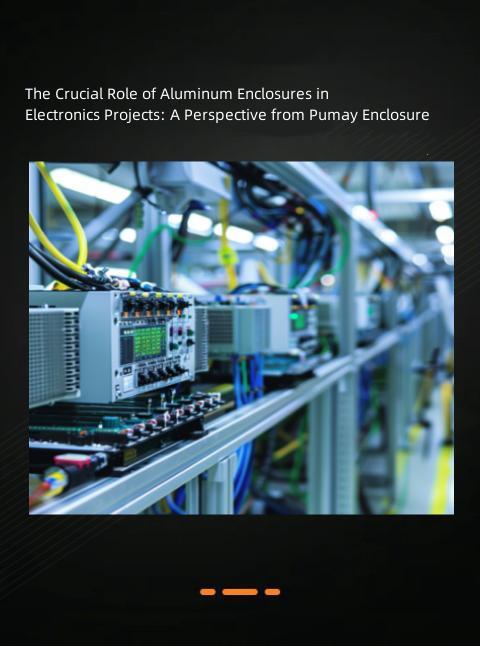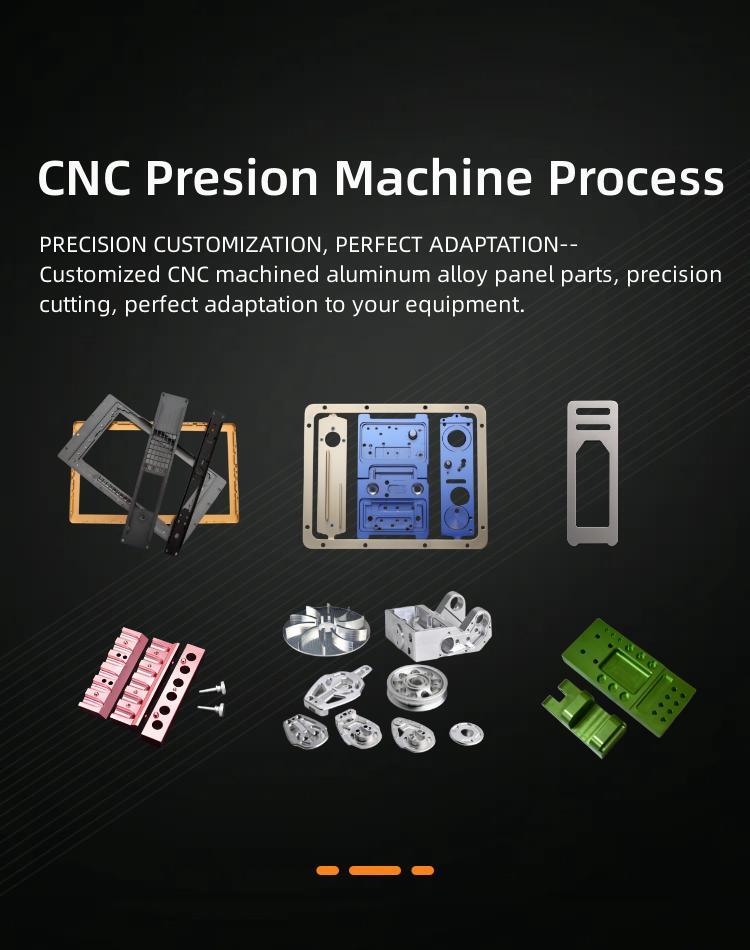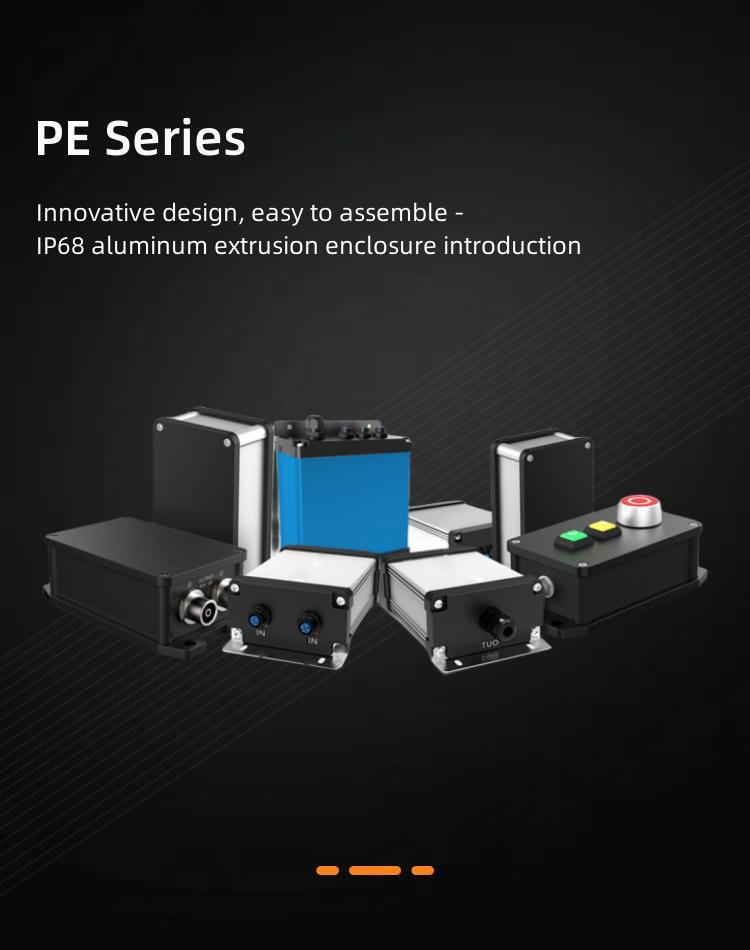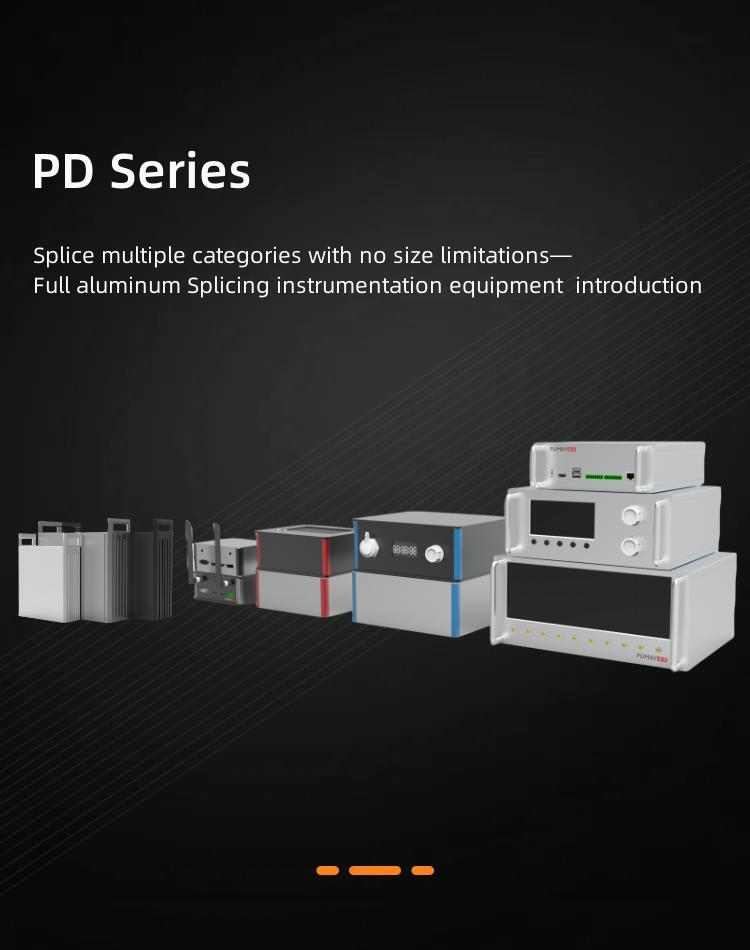
I. Importance of Surface Treatment
Surface treatment of aluminum profile equipment enclosure is one of the important steps to ensure product quality. Firstly, surface treatment can improve the appearance of the product, making it more aesthetically pleasing and smooth. Secondly, surface treatment can enhance the product’s weather resistance, allowing it to be used for a long time in harsh conditions without damage. In addition, through appropriate surface treatment methods, the product’s corrosion resistance can be improved, extending its service life. Finally, surface treatment can also improve the product’s mechanical properties, increasing its strength and hardness.
II. Common Surface Treatment Methods
Before surface treatment color, there are usually two surface treatments, namely brushing and sandblasting.
Brushing is a process of treating the surface of aluminum profiles with mechanical brushes or grinding tools to create a longitudinal or transverse scratch effect. Brushing can create a semi-gloss or mirror-like effect on the surface, providing a certain degree of gloss. Brushing can improve the appearance and texture of aluminum profiles, and increase their decorative and aesthetic qualities. At the same time, brushing can also cover up some small surface defects and scratches.
Sandblasting is a process of shooting sand particles onto the surface of aluminum profiles using a high-pressure sandblasting machine, creating a uniform frosted effect through the impact and friction of the sand particles. Sandblasting can form a uniform frosted texture, making the surface of aluminum profiles rough, semi-gloss, or matte. Sandblasting can increase the roughness and adhesion of aluminum profiles, providing a wear-resistant and slip-resistant surface.
Anodizing: Anodizing is a commonly used surface treatment method that forms a hard, dense, and corrosion-resistant oxide film. This oxide film not only enhances the weather resistance and corrosion resistance of aluminum profile equipment enclosures but also provides a good foundation for subsequent coloring and coating.
Surface treatment thickness: usually within the range of 5-25 microns.
Advantages: Provides a strong oxide layer, increasing the corrosion resistance, hardness, and wear resistance of aluminum profiles; can achieve different color effects through staining; has good insulation properties.
Disadvantages: The color and quality of the anodized layer are limited by processing conditions and aluminum alloy composition; higher cost.
Electrophoretic Coating: Electrophoretic coating is a method of applying paint to the surface of aluminum profile equipment enclosure through electrophoresis. This coating method provides a uniform and consistent coating with good corrosion resistance and wear resistance.
Surface treatment thickness: usually within the range of 15-30 microns.
Advantages: Provides a uniform coating with good corrosion resistance and wear resistance; can achieve various colors and appearance effects; environmentally friendly, without organic solvents.
Disadvantages: The coating thickness is relatively thin and may not provide sufficient protection; higher surface quality requirements for aluminum profiles.
Spray Coating: Spray coating is a common surface treatment method that uniformly sprays the coating onto the surface of aluminum profile equipment enclosure using a spray gun. Spray coating not only improves the appearance of the product but also provides a certain degree of corrosion resistance and weather resistance.
Surface treatment thickness: usually within the range of 30-100 microns.
Advantages: Can achieve a thick coating, providing good protection and decorative effects; lower cost; suitable for various complex shapes of aluminum profiles.
Disadvantages: The coating is prone to scratching and peeling; has a significant environmental impact and may contain organic solvents.
Mechanical Polishing: Mechanical polishing is a method of making the surface of aluminum profile equipment enclosure smooth and shiny through mechanical grinding and polishing. This treatment method can improve the smoothness and appearance quality of the product.
III. Process Flow of Surface Treatment
The process flow of surface treatment usually includes cleaning, pretreatment, coating, and drying. Firstly, cleaning is carried out to remove oil, dust, and other impurities from the surface of the aluminum profile enclosure to ensure its cleanliness. Next, the pretreatment process is mainly to increase the roughness of the product surface to provide better adhesion for the coating. Then, a coating is applied by selecting suitable coatings and coating methods according to the requirements. Finally, the coating is cured through drying to ensure its stability and durability.
IV. Industry Standards and Quality Control of Surface Treatment
In terms of surface treatment of aluminum profile equipment enclosure, there are industry standards such as ISO 9001 and ISO 14001、These standards specify the requirements for surface treatment and provide guidance on quality control. In order to ensure product quality, companies need to implement strict quality control, including the selection of raw materials, control of production processes, and inspection of finished products. Only through effective quality control can companies provide high-quality aluminum profile equipment enclosures.
In summary, surface treatment of aluminum profile equipment enclosure is an indispensable step to ensure product quality. Through proper surface treatment methods and quality control, the appearance quality, weather resistance, corrosion resistance, and mechanical properties of the product can be improved. When choosing surface treatment methods, reasonable choices should be made based on the specific requirements of the product and industry standards. It is hoped that this article can help you better understand and apply the knowledge of surface treatment for aluminum profile enclosure.

 The Crucial Role of Aluminum Enclosures in Electronics Projects: A Perspective from Pumay Enclosure
The Crucial Role of Aluminum Enclosures in Electronics Projects: A Perspective from Pumay Enclosure
 Intelligent Aluminum Processing, Efficient Production, Unlimited Creation! -ALuminum CNC Machine Process
Intelligent Aluminum Processing, Efficient Production, Unlimited Creation! -ALuminum CNC Machine Process
 Dive into Excellence with IP68 Aluminum Profile Waterproof Enclosure
Dive into Excellence with IP68 Aluminum Profile Waterproof Enclosure
 Equipment housings, not just appearance! Assembled Aluminum Profile Instrument and Equipment Enclosures
Equipment housings, not just appearance! Assembled Aluminum Profile Instrument and Equipment Enclosures